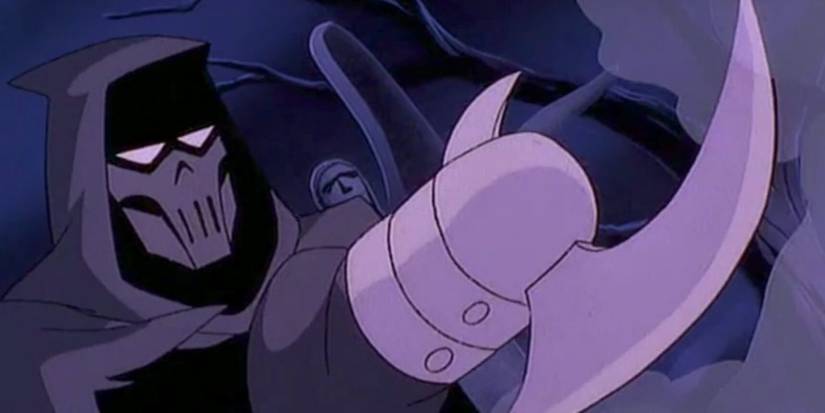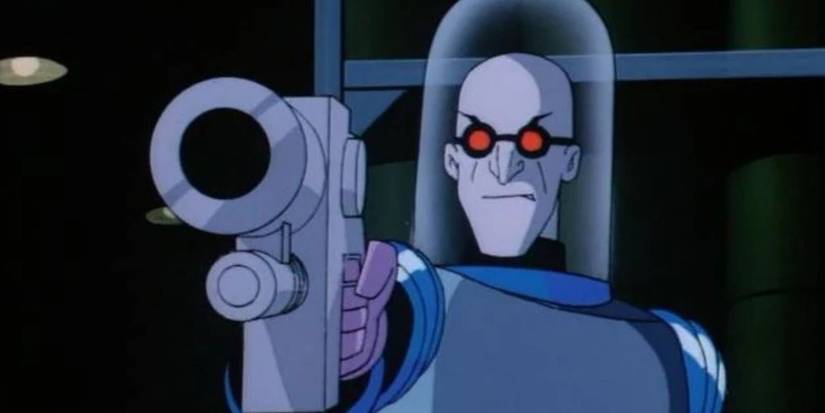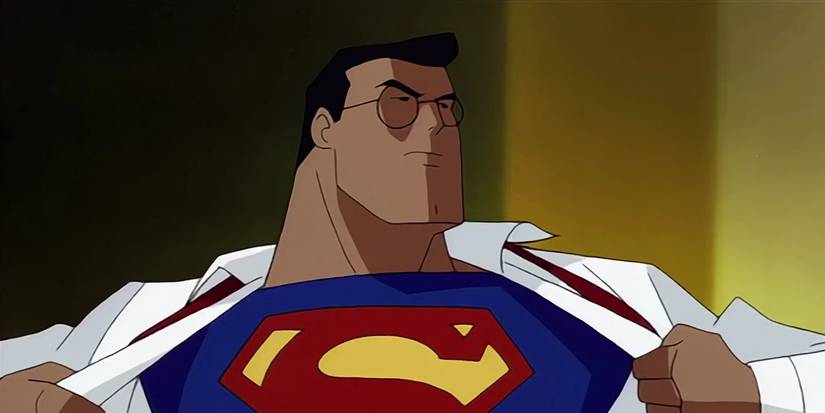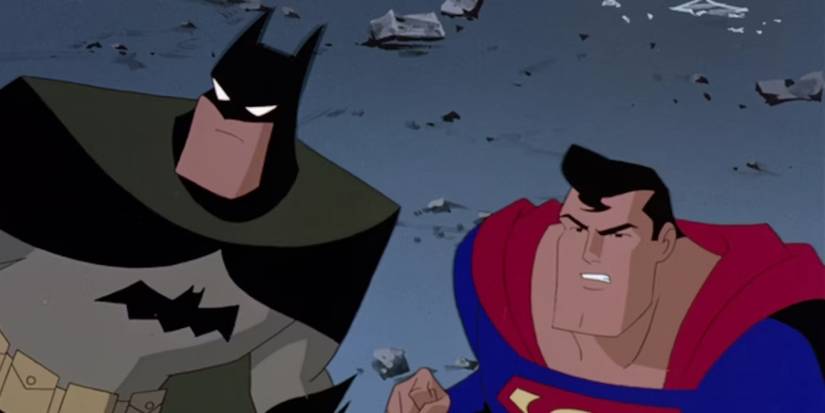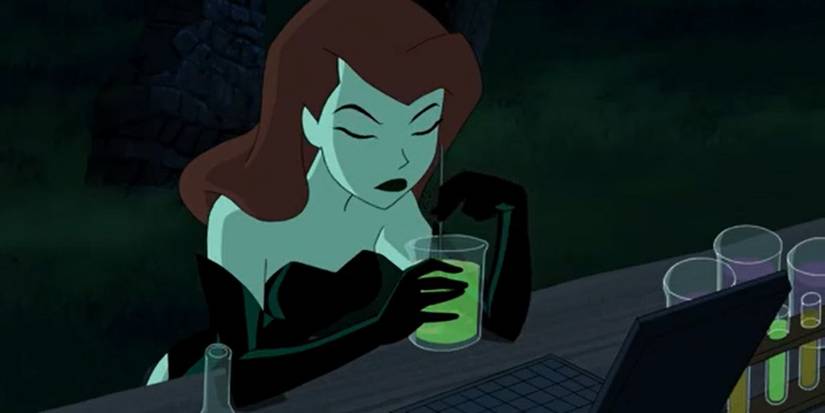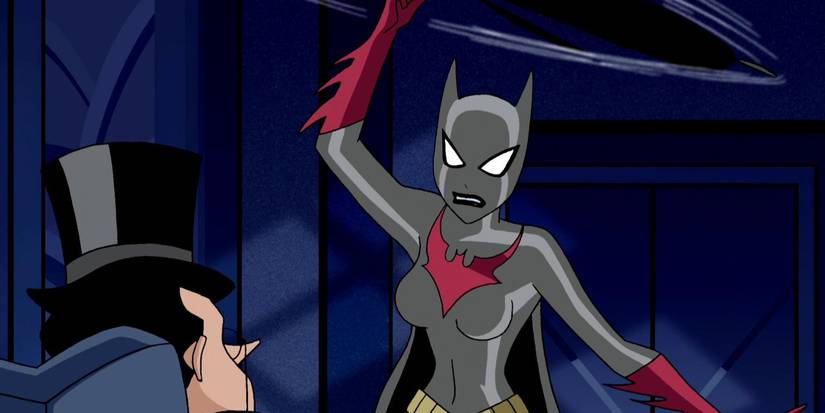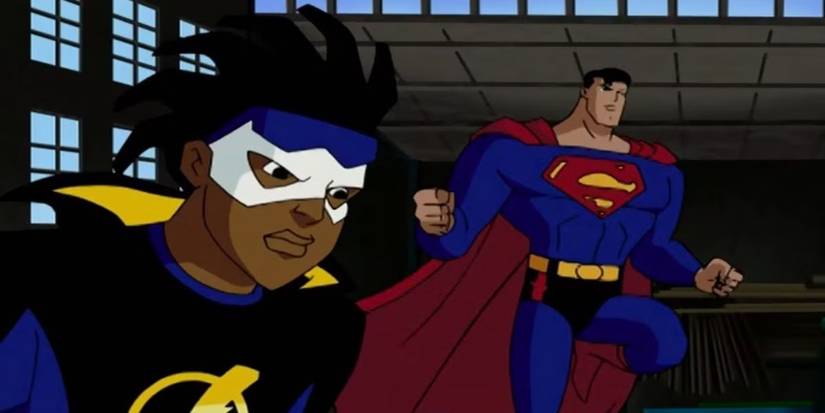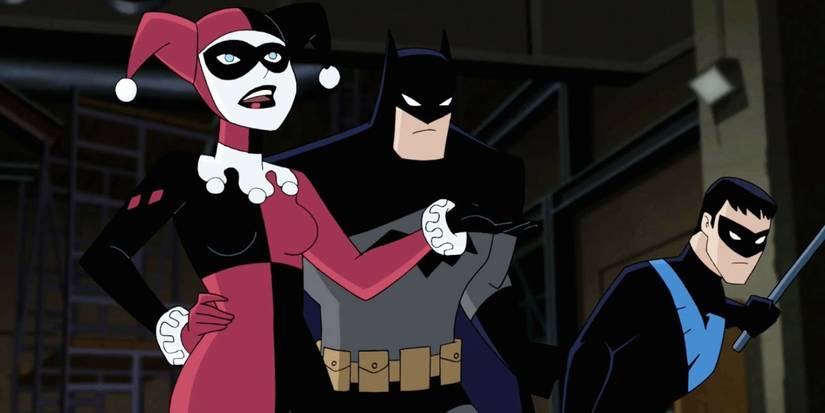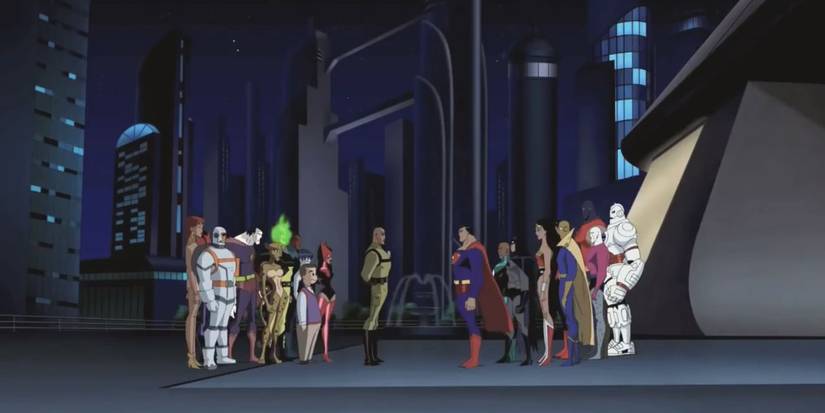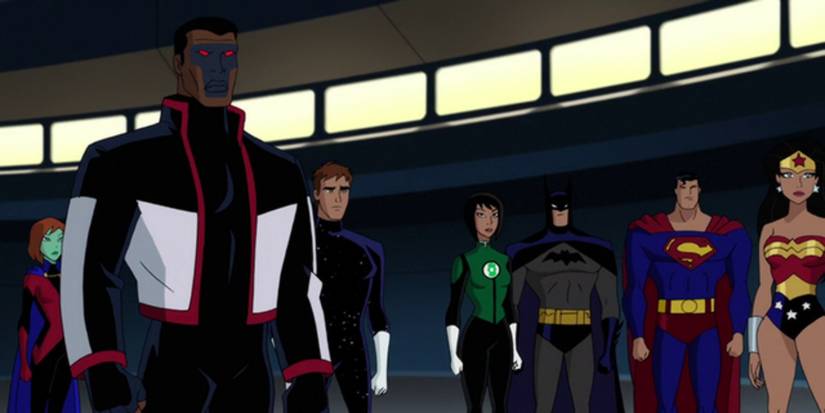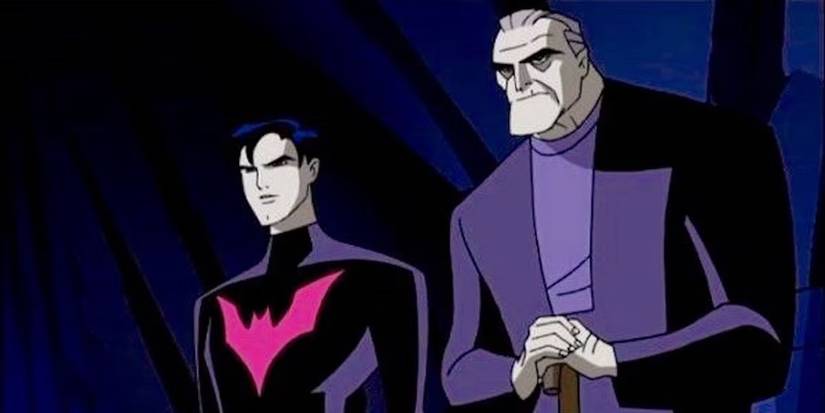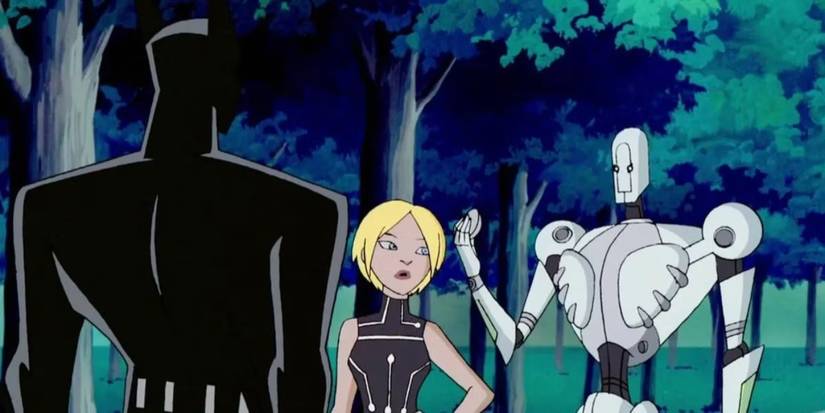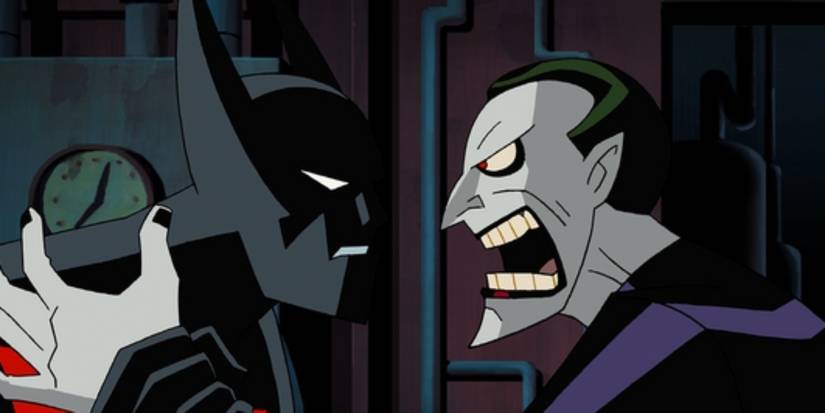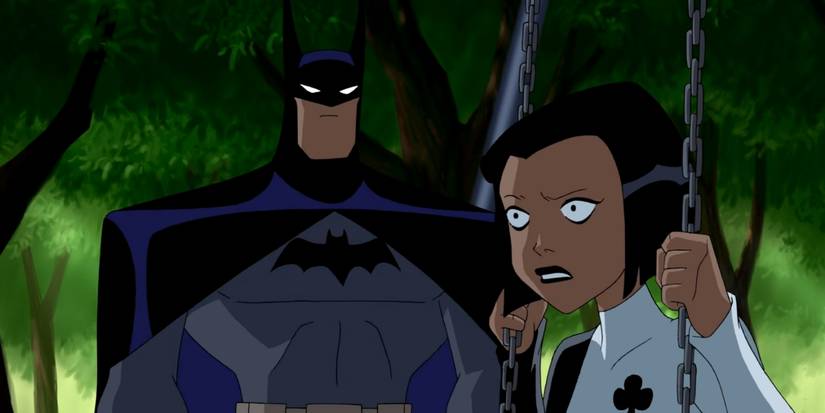Over thirty years later, the DC Animated Universe is still one of the most impressive feats in superhero media, and the various installments hold up as some of the best ever. The DC Animated Universe (DCAU for short) is a multimedia animation franchise that began in the 1990s with Batman: The Animated Series, running through the early 2000s with titles like Batman Beyond and Justice League Unlimited.
As is the case with many wide-sprawling fictional universes, the intended viewing order for the DCAU isn’t entirely fixed. Different fans have different methods of watching the entire thing, whether it be the precise chronological order, the release order, or some other concoction.
This will cover a generalized DCAU watch order, primarily focusing on chronology but also allowing for simplicity. It may be fun for dedicated viewers to bounce between shows, hoping to find the precise timeline, but for general audiences or newcomers, it’s totally fine to dive into Bruce Timm’s DC Animated Universe season by season, fitting the movies in between.
‘Batman: The Animated Series’ Season 1 (1992-1993)
Batman: The Animated Series is the project that started it all, and to this day, it’s regarded among the greatest superhero shows of all time. Rather than begin with Batman’s origins, the series jumps straight into the action, watching the Caped Crusader tangle with rogues like Man-Bat, Mark Hamill’s iconic Joker, Scarecrow, and Mr. Freeze.
Batman: The Animated Series’ viewing order can be confusing in and of itself, as different platforms will organize the seasons in different ways. For simplicity’s sake, consider season 1 to be the 65 episodes that aired between September 1992 and September 1993, all of which should be included in the same season on HBO Max. If watching on the DVDs, the season is split into Volumes 1 and 2.
Some standout episodes include the Emmy-winning “Heart of Ice,” “Christmas with the Joker,” and the all-time classic two-parter “Robin’s Reckoning.” These episodes are written to stand as individual stories, so viewers can pick and choose based on characters/villains they like, or just watch from start to finish.
‘Batman: Mask of the Phantasm’ (1993)
Batman: Mask of the Phantasm will move the DCAU timeline forward, while also exhibiting some of the past. The beautiful animated film sees Batman in pursuit of a mysterious masked villain, which forces him to reckon with his early days as a crime fighter. This movie serves as a perfect break from the series and is one of the most beloved Batman titles ever made, as well as one of DC’s best animated movies.
‘Batman: The Animated Series’ Season 2 (1994-1995)
Now, audiences should head back to Batman: The Animated Series for season 2. Note that some services will have this organized differently, but HBO Max includes all of these episodes under “Season 2,” as does Wikipedia. Other sites, like IMDb, break it into more seasons. For anyone watching on HBO Max, it should be fairly straightforward. Season 2 will include all the episodes between May 1994 and September 1995.
‘Batman & Mr. Freeze: SubZero’ (1998)
The 1998 animated film is the final installment of the DCAU in this watch order to incorporate the original Batman: The Animated Series art style. Batman & Mr. Freeze: SubZero picks up on the lauded Mr. Freeze story, this time with a full hour of narrative. While not the most outstanding entry to the DCAU, SubZero holds its own as a solid Batman movie.
‘Superman: The Animated Series’ Season 1 (1996-1997)
Although the DCAU has been introducing characters like Zatanna, Superman: The Animated Series is really when this world gets the ball rolling as an expanded universe. The first season follows Superman from the destruction of Krypton to his life in Smallville to introductions with many of his most important villains and supporters, including Lois Lane, Lex Luthor, and Brainiac. While not as acclaimed as Batman: The Animated Series, STAS has many of its own virtues.
“World’s Finest” (1997)
World’s Finest can be viewed as a movie or a set of three TV episodes, depending on the platform, but it’s the perfect follow-up to season 1, regardless. The episodes were technically released as part of Superman: The Animated Series season 2, but I’m placing them here, as the subsequent few years of DCAU content are largely defined by this Batman-Superman crossover and the cohesion between the two shows.
The next two entries can be watched simultaneously, or in whichever order the viewer likes.
‘The New Batman Adventures’ (1997-1999)
The New Batman Adventures is often viewed as a continuation of Batman: The Animated Series, but the shift in animation style merits its own section. The series isn’t as celebrated as the original, but episodes like “Mad Love” and “Legends of the Dark Knight” still stand out in the franchise as some of the best. The series also introduces DCAU characters like Etrigan and involves crossovers with Superman: The Animated Series.
‘Superman: The Animated Series Seasons’ 2-4 (1997-2000)
Now, audiences can watch the remainder of Superman: The Animated Series, which includes the introductions of DCAU characters like The Flash, the Green Lantern Corps and Sinestro, Aquaman, and Darkseid, laying the foundation for Justice League and the expanded DCAU of the 21st Century.
Batman: Mystery of the Batwoman (2003)
With its release in 2003, Batman: Mystery of the Batwoman can easily be treated as a revisit to Gotham during Justice League or Static Shock. That said, this story is fairly contained and may as well be treated as a final step for The New Batman Adventures. Sadly, the DCAU’s Batwoman doesn’t come back in any future stories.
‘Justice League’ (2001-2004)
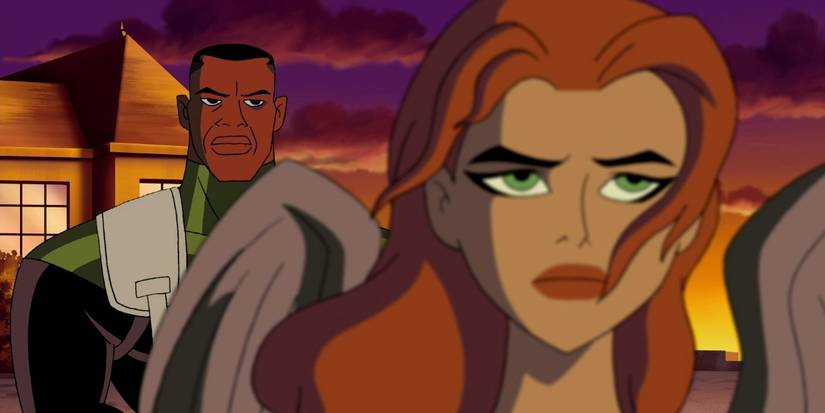
For many fans, the DC Animated Universe’s Justice League is the definitive version of the team, and it’s no wonder James Gunn is using it as inspiration for his DCU. This series includes two full seasons, each with 26 episodes, watching the titular team as it faces extraterrestrial threats like Darkseid and Apokolips, the Thanagarians, and the Martians, as well as crises in Atlantis and Themyscira.
Justice League covers all its bases with storytelling, with each narrative incorporating 2-3 episodes, allowing for longer-form storytelling worthy of the DC Universe’s greatest heroes and villains. While this series can be viewed on its own, viewing Batman: The Animated Series and Superman: The Animated Series beforehand allows for a greater emotional connection to the core characters as the world rapidly expands.
‘Static Shock (2000-2004)
After the epic scale of Justice League, Static Shock’s relatively grounded start is a nice break in the DCAU. The series has some differences in creative aesthetic, as it wasn’t initially intended to be part of the same franchise. This changed in the second season, which began incorporating characters like Batman and Robin, the Justice League, and even some characters from Batman Beyond later on. Static later appears in Justice League Unlimited.
‘Batman and Harley Quinn’ (2017)
This late addition to the DCAU is divisive, but I’d be remiss if I didn’t include it, as Bruce Timm developed the animated film for the DCAU. The project is rated PG-13, marking a tonal shift with raunchy humor that didn’t land with all Batman: The Animated Series fans. Batman and Harley Quinn is believed to be set around the start of Justice League Unlimited.
‘Justice League Unlimited’ (2004-2006)
Justice League Unlimited essentially serves as the climax of the DC Animated Universe, incorporating not only the seven league members from before, but also many new ones, including Green Arrow, Black Canary, Question, Supergirl, and many others who finally have their moment in the sun.
Season 2’s overarching conflict pits the league against Amanda Waller and Cadmus, as well as Lex Luthor, as he runs for president, trying to sway the world against the Justice League. Season 3 sees Luthor return to complete villainy as he and Gorilla Grodd battle for control of the new Secret Society, ultimately leading to the return of Darkseid for a final showdown. This is DC animation at its best and most epic, incorporating numerous beloved characters.
Save episode 26, “Epilogue,” for the end of the DCAU. View the final section below for more information.
‘Justice League vs. the Fatal Five’ (2019)
While still not of the acclaim of the original series, Justice League vs. the Fatal Five performed better with fans than Batman and Harley Quinn, and served as a solid return to the DCAU. The project reunites the original Justice League voice actors, and, though it isn’t the most astounding narrative in the franchise, it makes up for the lack of a Justice League animated film.
‘Batman Beyond’ (1999-2001)
Although Batman Beyond aired before Justice League, the TV show is best viewed after the fact, as it picks up events years into the future. This show marked the first appearance of Terry McGinnis, another of the numerous influences the DCAU had on the DC Comics universe, and also allowed audiences to see an older Bruce Wayne, serving as a continuation of Batman: The Animated Series and The New Batman Adventures.
‘The Zeta Project’ (2001-2002)
The Zeta Project is likely the least-well-known title in the DC Animated Universe, as it doesn’t have a marquee superhero to boost its standing. That said, this is a direct spinoff of Batman Beyond, and the two-season series involves some outstanding storytelling, and the cherry on top is its Batman appearance.
‘Batman Beyond: Return of the Joker’ (2000)
Mark Hamill is equally important to the DCAU as Kevin Conroy’s Batman, and it’d be hard to cap off the universe without giving the pair of them one last face-off. In this case, however, it’s Terry McGinnis’s Batman who ends up in a dramatic showdown with the Joker, exploring timelines from The New Batman Adventures and Batman Beyond, revealing the dark fate of one of the DCAU’s heroes.
This is an outstanding entry, and the perfect send-off point for the DC Animated Universe’s future storyline, incorporating elements from Batman Beyond and Batman: The Animated Series, where this all began.
‘Justice League Unlimited’ — “Epilogue”
Watching “Epilogue” during one’s run through Justice League Unlimited certainly isn’t a crime, as the Amanda Waller aspect ties in nicely with season 2’s Cadmus storyline. That said, “Epilogue” is worth re-viewing or viewing for the first time as a finale for the entire universe. This episode is focused on Terry McGinnis and the legacy of Bruce Wayne, bringing the DCAU full circle with one of the most outstanding episodes in the entire franchise.


